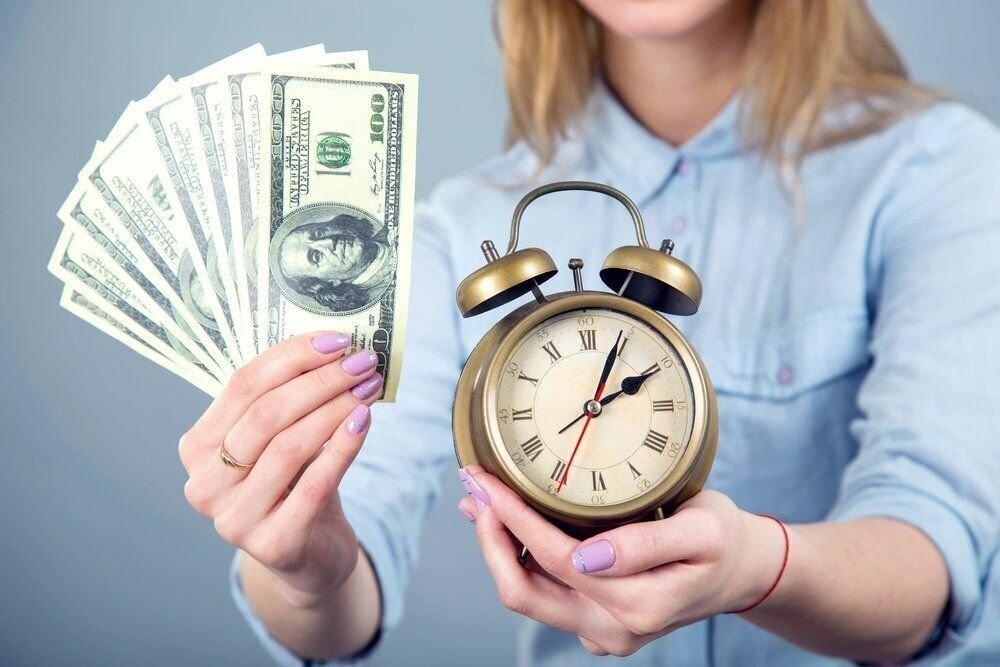House sales tumbled by almost two-thirds in July after tens of thousands of homebuyers rushed to complete their purchases in order to beat Rishi Sunak’s end-of-June stamp duty holiday deadline.
Following a record surge in activity in June, when 213,370 UK homes changed hands, transactions slumped 62% to 82,110 in July according to official data, after the government scaled back its tax break for buyers in England and Northern Ireland.
HM Revenue and Customs – which published the new data – said it showed that homebuyers were “completing property transactions earlier to take advantage of government housing market policies”.
Sunak’s stamp duty holiday hard to square with ’levelling up’ rhetoric | Larry ElliottRead more
HMRC also said that following the changes to the rules, “an expected but noticeable decrease [in sales] has been observed”.
Until 30 June, the first £500,000 spent on a property was tax-free, which meant a saving for a buyer of up to £15,000. However, Sarah Coles, a personal finance analyst at the investment firm Hargreaves Lansdown, said the tax break had a “powerful psychological impact … which went way beyond the actual cash buyers could save”.
A £3.8bn stamp duty holiday was announced by Sunak in July 2020 to ward off a collapse in the housing market during the first Covid lockdown. It was due to end on 31 March this year but, a few weeks prior to that, it was extended to the end of June.
On 1 July the tax break was scaled back, with the threshold at which the tax on property purchases begins falling to £250,000. This so-called “nil rate band” will return to its pre-pandemic level of £125,000 on 1 October.
The stamp duty holiday has been credited with fuelling a mini boom in the property market and pushing up prices. Last week, figures from the Office for National Statistics covering the period to 30 June showed house prices rising at their fastest rate in almost 17 years.
However, a number of other factors have also contributed to the stronger-than-expected house price growth during the pandemic. These include new government guarantees for mortgages, and a “race for space” with many homebuyers prioritising properties with bigger gardens and more room for working from home.
Despite the sizeable drop-off in sales in July, the HMRC data showed that transactions were still 1.8% higher than in July last year, when activity was still affected by the near-complete closure of the market for several months.
Recent house price data from the Nationwide building society and property website Rightmove provides evidence that the stamp duty changes have helped bring an end to the boom in property values. However, the official picture will not be known until September, when the ONS price data for July is published.
Property market experts said that while activity had passed its peak after the end of the full tax break, the pandemic and growth of home working continued to drive strong demand as buyers seek new properties to fit their changing lifestyles.
Sign up to the daily Business Today email or follow Guardian Business on Twitter at @BusinessDesk
Iain McKenzie, the chief executive of the Guild of Property Professionals, said: “We saw monumental growth in the volume of properties sold prior to July, in light of the rush to beat the deadline.” He added that it was “always inevitable” that July would show a dramatic downturn, though a 60%-plus decrease “is a big fall”.
Paul Stockwell, the chief commercial officer at Gatehouse Bank, said: “We can expect another flurry of activity in September as buyers try to complete sales before the final stamp duty savings are removed.” He said this was unlikely to match June’s surge.
Coles said the stamp duty holiday “didn’t create demand from nowhere. There was already a crowd of people ready to buy because of changes in how we wanted to live, and pent-up demand from the closure of the market during the first lockdown. The tax break just opened a window … through which this crowd of people tried to squeeze. Eventually this was extended and tapered, but it kept the pressure up.”


